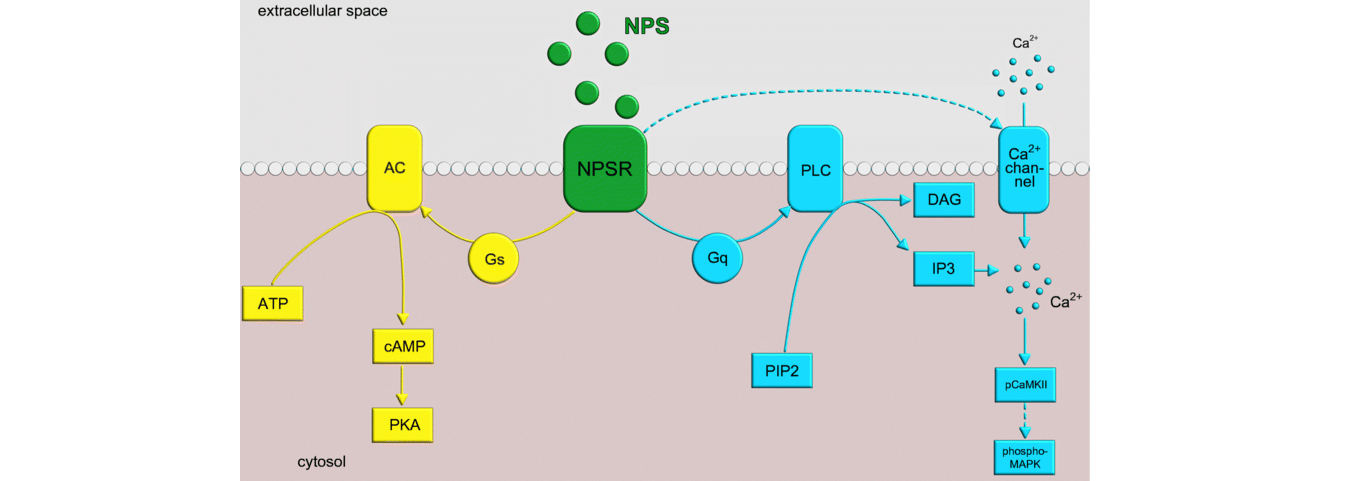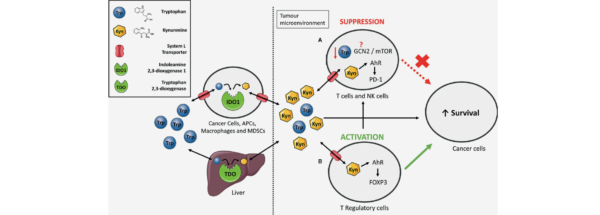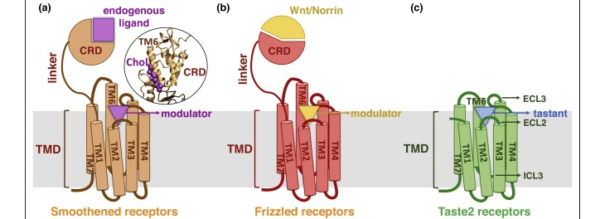Neuropeptides are small proteins that play a crucial role in modulating neuronal activity and regulating various physiological processes in the brain. Among the diverse array of neuropeptides, Neuropeptide S (NPS) has emerged as a fascinating molecule with significant implications for neuroscience and beyond. The exploration and understanding of the Neuropeptide S library have revealed its potential as a valuable tool for studying brain function, mental health, and even therapeutic intervention.
Discovered in 2004, Neuropeptide S is predominantly expressed in specific areas of the brain associated with sleep-wake regulation, anxiety, stress response, and learning and memory. The receptor for NPS, known as NPSR, is also widely distributed in regions involved in stress and anxiety modulation. This suggests that NPS may play a crucial role in mediating the intricate balance between arousal, stress response, and emotional behavior.
The Neuropeptide S library encompasses various synthetic analogs and receptor ligands that allow elucidation of the functional role of NPS in the brain. These analogs and ligands, which selectively activate or block NPS receptors, provide researchers with powerful tools to investigate the underlying mechanisms of NPS signaling and its impact on neuronal circuits.
The potential implications of the Neuropeptide S library in neuroscience research are vast. By manipulating NPS signaling, researchers can uncover the precise role of NPS in anxiety-related disorders, sleep disorders, addiction, and cognitive function. Additionally, NPS has been found to modulate stress responses, suggesting its involvement in post-traumatic stress disorder (PTSD) and other stress-related conditions. By delving into the Neuropeptide S library, we can further unravel the intricate connections between NPS and these mental health disorders.
Beyond neuroscience, the Neuropeptide S library holds potential in other domains. The anxiolytic and wake-promoting effects of NPS analogs have piqued interest in their therapeutic potential. Researchers are exploring the use of NPS receptor ligands as novel treatments for anxiety disorders, sleep disorders, and other psychiatric conditions. This library of compounds offers a wide range of possibilities for drug development, with the potential to provide more targeted and effective therapies compared to traditional treatments.
Advancements in understanding the structure-activity relationships of NPS analogs have enabled researchers to design compounds with increased potency, selectivity, and pharmacokinetic profiles. Combining these advances with emerging techniques in drug delivery, such as nanoparticle-based delivery systems, may enhance the translation of NPS-based therapies from the bench to clinical applications.
However, as with any emerging field, challenges remain. The complexity of NPS signaling, the interplay between different neuronal circuits, and individual variations in NPS response present obstacles in fully harnessing the potential of the Neuropeptide S library. Additionally, the need for further elucidation of the underlying molecular mechanisms and potential side effects necessitates ongoing research and careful evaluation of its therapeutic applications.
In conclusion, the exploration of the Neuropeptide S library opens up a world of possibilities for neuroscience research and therapeutic interventions. Through the precise manipulation of NPS signaling, we can gain a deeper understanding of the complex interplay between brain function, mental health, and behavior. The Neuropeptide S library may pave the way for innovative treatments for anxiety disorders, sleep disorders, and other conditions with significant neurological and psychiatric implications. As we continue to unravel the secrets of the Neuropeptide S system, we inch closer to a better understanding of the brain and new therapeutic avenues to improve human health and well-being.



